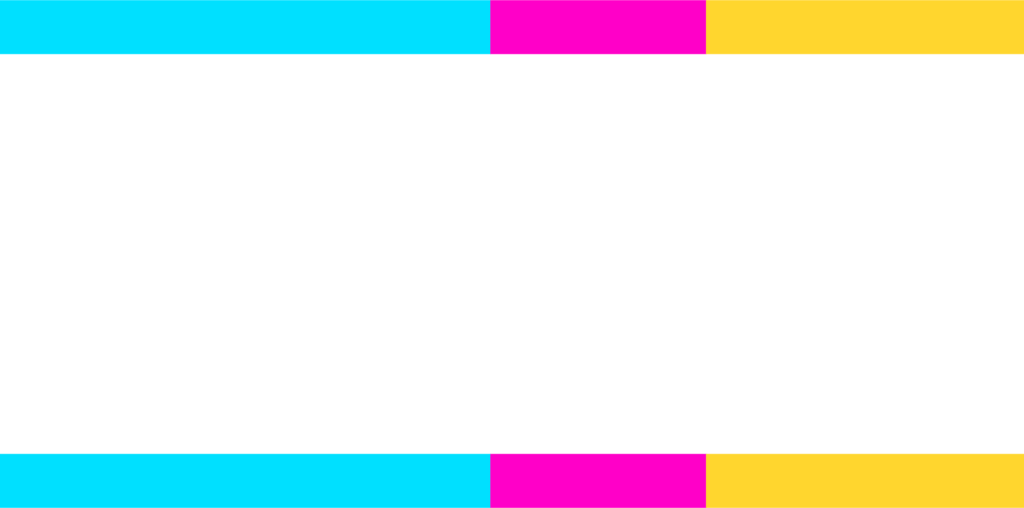Idaho is experiencing surplus revenue and with many Idahoans still facing economic headwinds, we have an opportunity to support families and individuals and improve our tax system. The use of tax revenue – especially use of sales tax funds – should be crafted with fairness and impact for all taxpayers. After years of rapidly increasing housing costs, both homeowners and renters are experiencing strained budgets.
Two property tax relief bills presented in the Idaho Legislature last week aim to make housing more affordable, but only for homeowners. House Bill 77 and House Bill 79 propose using considerable sales tax revenue to provide this targeted relief. With nearly one-third of Idaho taxpayers being renters, a significant number of Idahoans who pay sales tax will be excluded from relief if these bills pass.
Instead of pitting hardworking Idahoans against one another, Idaho should continue on the path of inclusive support for all taxpayers. Last year’s minimum tax rebate accomplished this in part by ensuring at least $300 was accessible to families no matter their economic status or type of housing they lived in. Policymakers should add similar equity to current sales tax homeowner relief proposals. This could be done through a well-crafted rebate or tax credit that helps reach all sales taxpayers.
Every Idahoan is a Sales Taxpayer; Not All are Homeowners
House Bill 77 and House Bill 79 propose using sales tax revenue to subsidize property tax bills for homeowners. House Bill 77 sources 4.5 percent of sales tax collections to provide a rebate on homeowners’ property tax bills (excluding school bonds and levy costs). House Bill 79 collects sales tax revenue from various streams to create a new fund that would cover bond and levy payments for schools in exchange for a rebate for each homeowner on their property tax bill.[1]
Sales tax is a regressive tax, meaning it falls harder on the budgets of moderate to low-income families. Regardless, families in Idaho at median income or less contribute a robust share of this tax revenue – totaling 37 percent of all state sales tax revenue paid by Idaho residents.[2] These families are more likely to be renters (1 out of every 2 households) compared with families with incomes above the median (1 out of every 5 households).[3]
Renters make up nearly one-third of Idaho households and in many communities they make up a much larger share (see map for county data).
Rents are Rising Faster Than Property Tax Bills
Along with concerns about rising property taxes – in particular from households on fixed or modest incomes – Idahoans have indicated rising rents are an issue. According to a public policy opinion poll conducted in Idaho in November 2022, 65 percent of renters in Idaho said their rent has gone up in the past year, with 39 percent saying it has gone up a lot.[4] The same study revealed Ada County was the most impacted area of the state, with 83 percent of its renters saying their rent had increased over the past year. Renters were nearly twice as likely to say they were always or frequently worried about monthly bills (67 percent) compared to homeowners (35 percent).
The data support these trends. Rents in Idaho have risen by 24 percent (inflation-adjusted) over the last five years as growth has taken off and construction has slowed.[5] By comparison, property tax bills have increased by about 10 percent over the same five-year period on average (inflation-adjusted).[6] One-time property tax relief in 2020 and an increase in the homeowner’s exemption have successfully slowed the spikes in residential property tax.
Sales Tax Based Proposals Should Be Inclusive
By delving into property tax relief, policymakers are making an attempt at enhancing housing affordability. But Idaho has a strong track record – and obligation – to provide fair and appropriate tax relief that includes all taxpayers, including renters that pay a significant portion of Idaho’s sales tax revenue. A well-crafted rebate or tax credit alongside sales tax-based property tax proposals could help achieve a balanced approach and provide benefits for both homeowners and renters.
Endnotes:
[1] Under HB 79, financing comes from the Tax Relief Fund, the Tax Rebate Fund, and the Public Schools Income Fund – all themselves sourced either from the overall sales tax or Wayfair (internet) sales tax.
[2] Institute on Taxation and Economic Policy analysis. Non-residents contribute about one-sixth of sales tax revenue.
[3] U.S. Census. Homeownership Rates by Family Income: 2017 to 2022. Retrieved on February 7, 2023 from: https://www.census.gov/housing/hvs/files/currenthvspress.pdf
[4] Boise State University 2022 Idaho Public Policy Survey. Retrieved on February 7, 2023 from: https://www.boisestate.edu/sps/2023-idaho-public-policy-survey/#growth-housing-and-economic-situation
[5] Apartment List, Data and Rent Estimates. Retrieved on February 6, 2023 from: https://www.apartmentlist.com/research/category/data-rent-estimates
[6] Idaho Center for Fiscal Policy analysis of Idaho State Tax Commission data.


